Svetlana Strunjas
Addressing Purchase-Impression Gap through a Sequential Re-ranker
Oct 27, 2020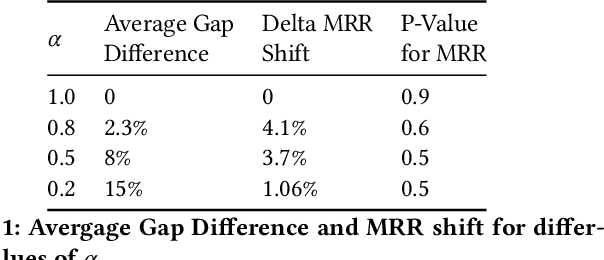
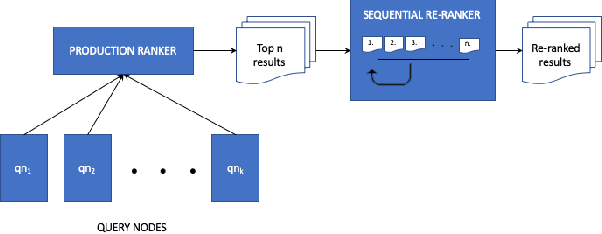
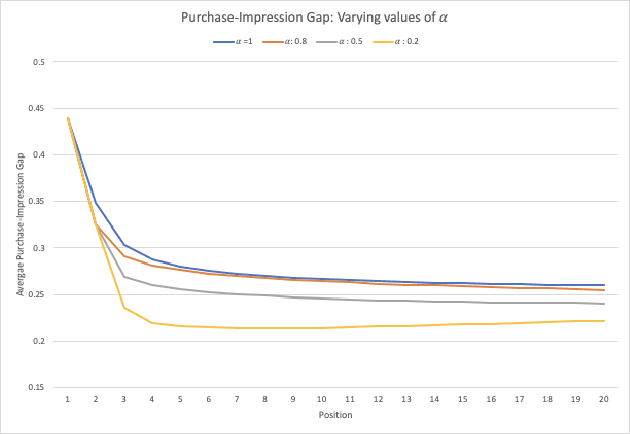
Abstract:Large scale eCommerce platforms such as eBay carry a wide variety of inventory and provide several buying choices to online shoppers. It is critical for eCommerce search engines to showcase in the top results the variety and selection of inventory available, specifically in the context of the various buying intents that may be associated with a search query. Search rankers are most commonly powered by learning-to-rank models which learn the preference between items during training. However, they score items independent of other items at runtime. Although the items placed at top of the results by such scoring functions may be independently optimal, they can be sub-optimal as a set. This may lead to a mismatch between the ideal distribution of items in the top results vs what is actually impressed. In this paper, we present methods to address the purchase-impression gap observed in top search results on eCommerce sites. We establish the ideal distribution of items based on historic shopping patterns. We then present a sequential reranker that methodically reranks top search results produced by a conventional pointwise scoring ranker. The reranker produces a reordered list by sequentially selecting candidates trading off between their independent relevance and potential to address the purchase-impression gap by utilizing specially constructed features that capture impression distribution of items already added to a reranked list. The sequential reranker enables addressing purchase impression gap with respect to multiple item aspects. Early version of the reranker showed promising lifts in conversion and engagement metrics at eBay. Based on experiments on randomly sampled validation datasets, we observe that the reranking methodology presented produces around 10% reduction in purchase-impression gap at an average for the top 20 results, while making improvements to conversion metrics.
Exploring the Effect of an Item's Neighborhood on its Sellability in eCommerce
Aug 10, 2019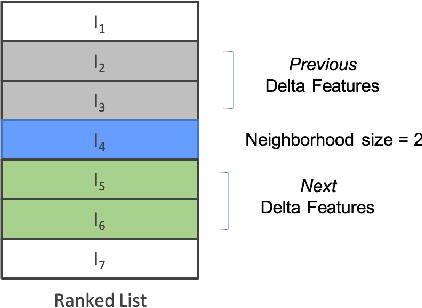

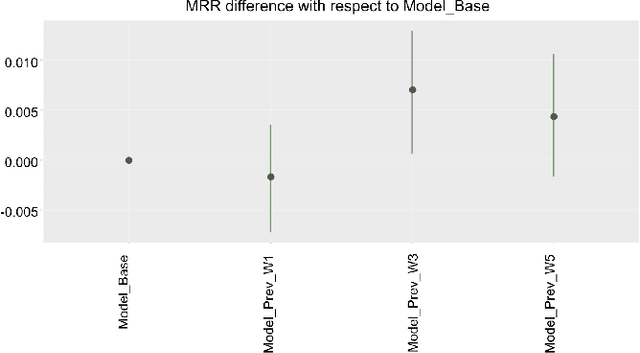
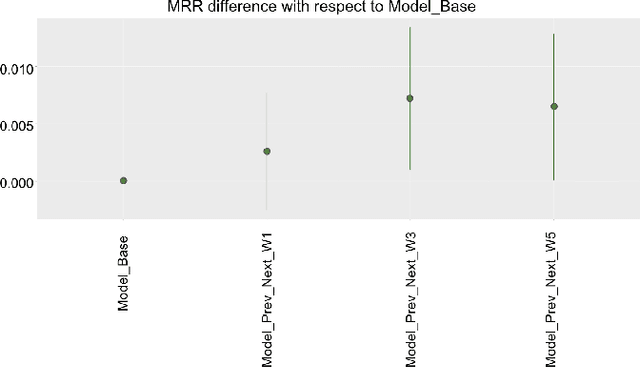
Abstract:Predicting the sale of an item is a critical problem in eCommerce search. Typically, items are independently predicted with a probability of sale for a given search query. But in a dynamic marketplace like eBay, even for a single product, there are various different factors distinguishing one item from another which can influence the purchase decision for the user. Users have to make a purchase decision by considering all of these options. Majority of the existing learning to rank algorithms model the relative relevance between labeled items only at the loss functions like pairwise or list-wise losses. But they are limited to point-wise scoring functions where items are ranked independently based on the features of the item itself. In this paper, we study the influence of an item's neighborhood to its purchase decision. Here, we consider the neighborhood as the items ranked above and below the current item in search results. By adding delta features comparing items within a neighborhood and learning a ranking model, we are able to experimentally show that the new ranker with delta features outperforms our baseline ranker in terms of Mean Reciprocal Rank (MRR). The ranking model with proposed delta features result in $3-5\%$ improvement in MRR over the baseline model. We also study impact of different sizes for neighborhood. Experimental results show that neighborhood size $3$ perform the best based on MRR with an improvement of $4-5\%$ over the baseline model.
 Add to Chrome
Add to Chrome Add to Firefox
Add to Firefox Add to Edge
Add to Edge